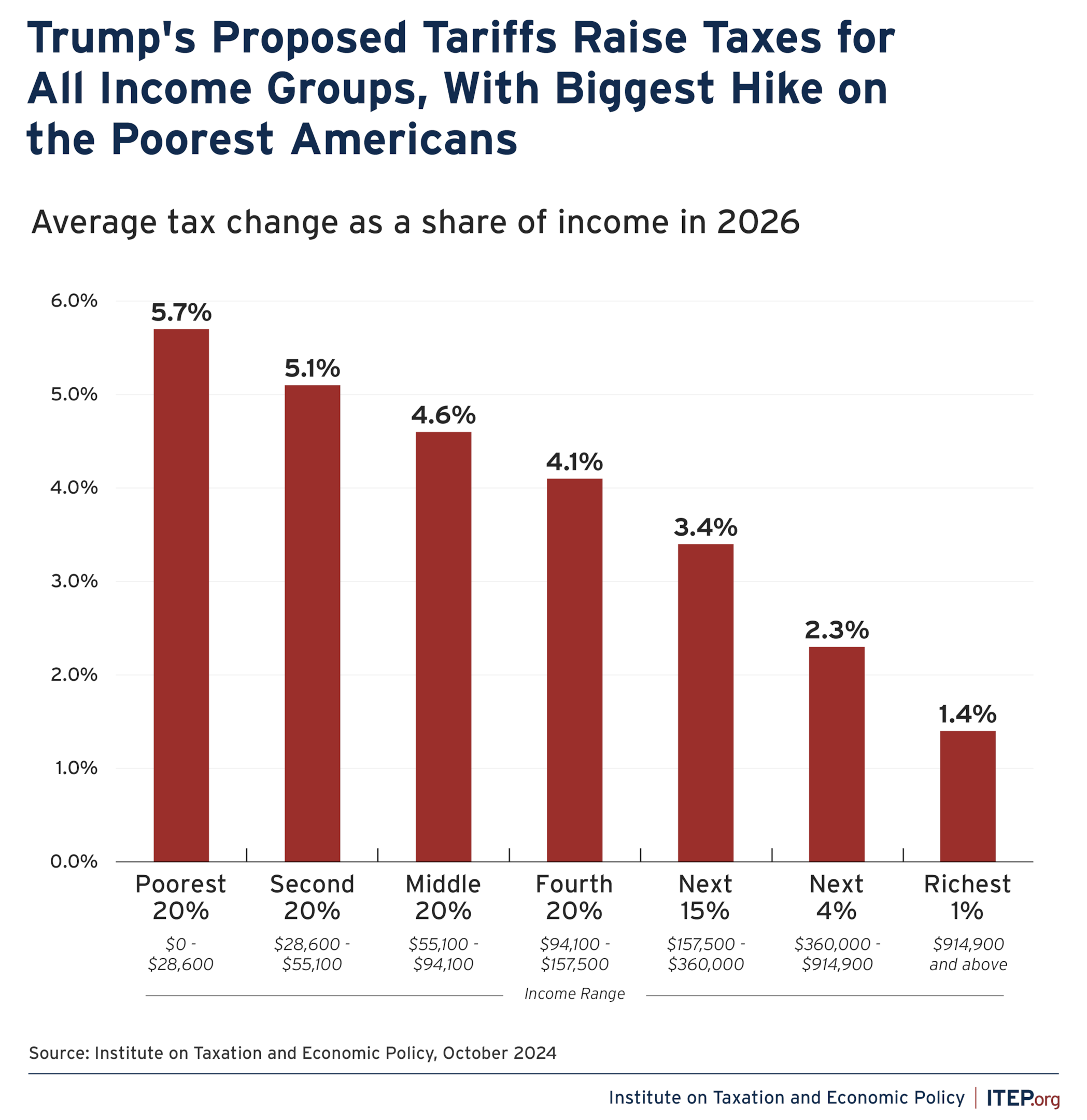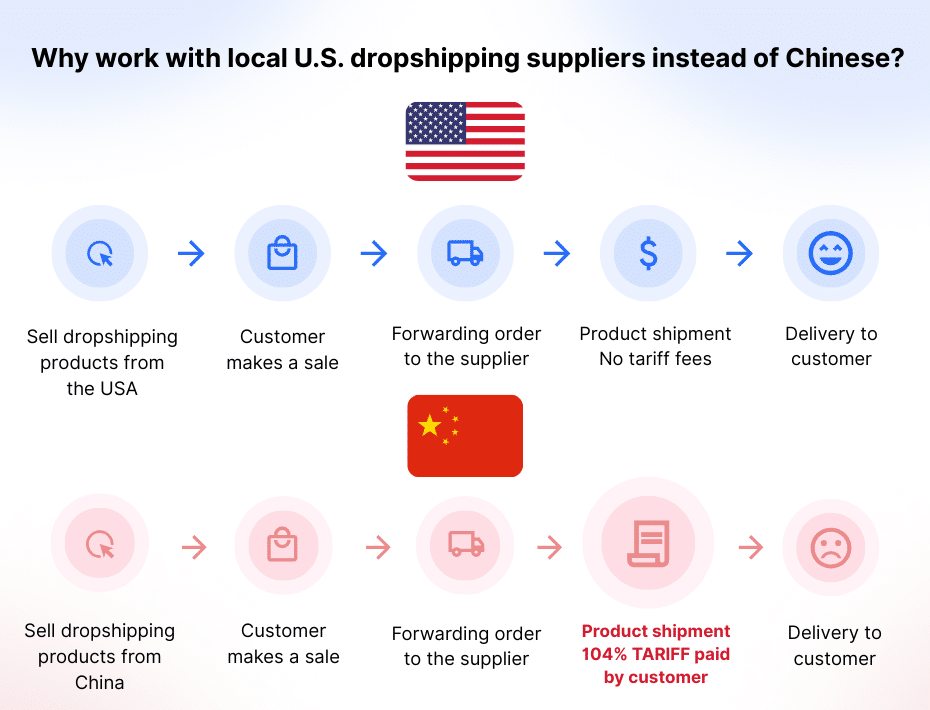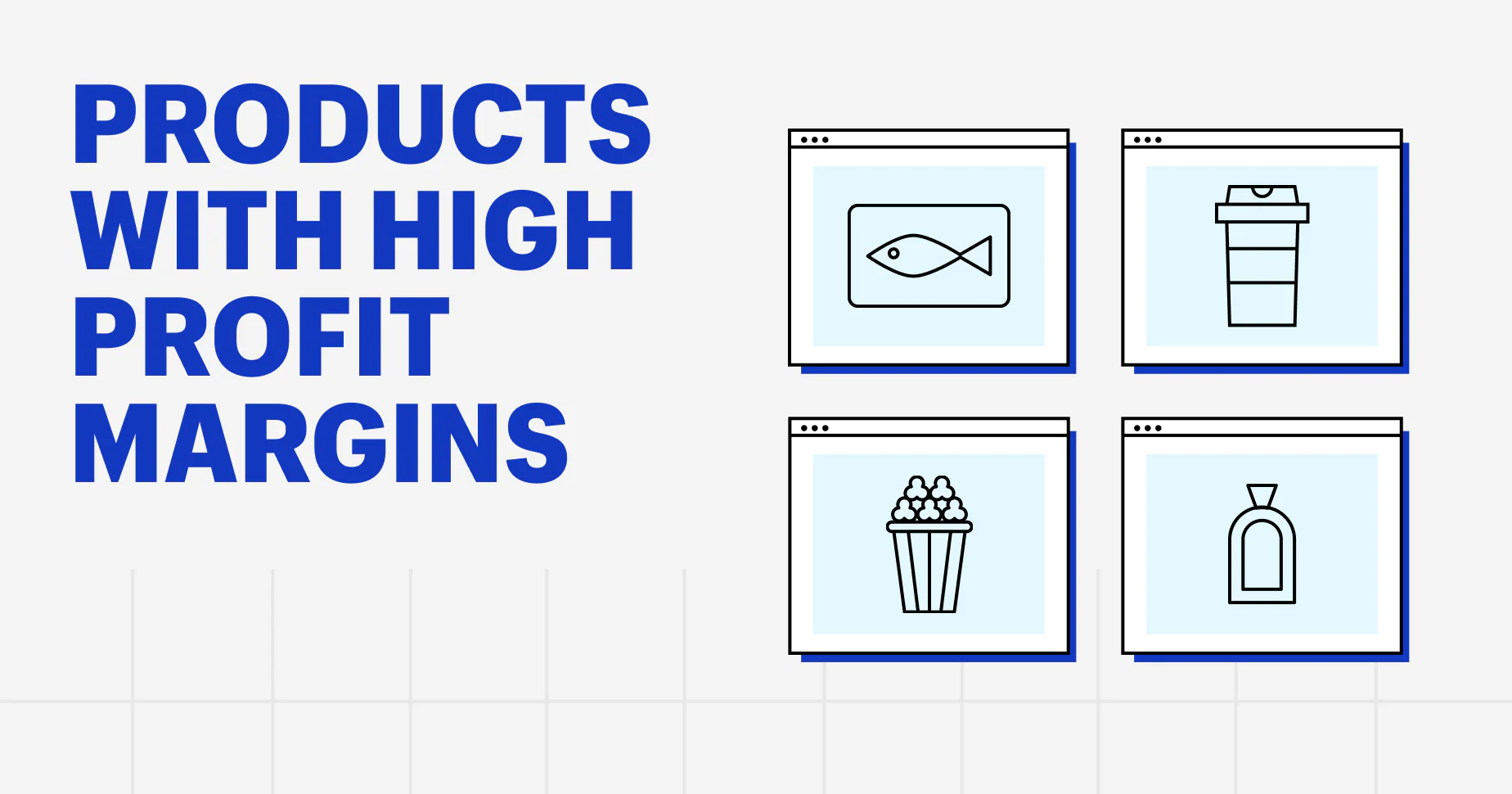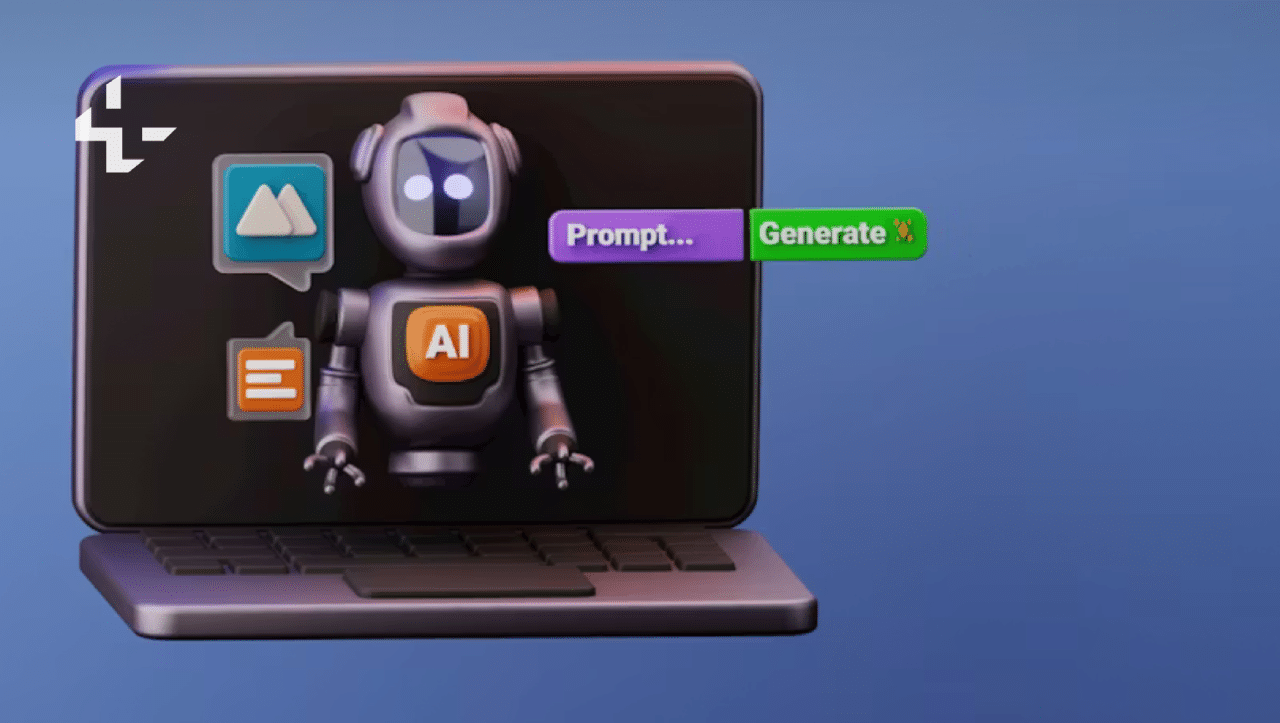How Will Trump’s New Tariffs Affect Dropshipping – Is Still Profitable In 2025 With New US Tariffs?
Contents

Trump has announced new tariffs on products from China. These changes could make it more expensive to run a dropshipping business. Most dropshippers buy cheap products from Chinese suppliers. With the new dropshipping tariffs, those products might now cost more.
This is important if you’re running a store or planning to start one. You could see smaller profits, higher prices, or even shipping delays. In this article, we’ll explain these new tariffs and how they could affect your dropshipping store.
Key Takeaways
- Tariffs on Chinese imports can increase dropshipping costs and reduce margins.
- Working with domestic suppliers or regional warehouses helps avoid higher import costs and customs duties.
- Sell The Trend allows you to filter products by shipping country to avoid tariff-affected supply chains.
- Selling high-margin or premium products is key to maintaining profitability during periods of trade tensions.
- Automating pricing and using tools like profit calculators can help protect your store from sudden tariff costs.
What Are Trump’s New Tariffs and Who Do They Affect?

Donald Trump has announced new tariffs on imports, mostly from China. A tariff is a tax on goods that come from another country. This means certain products will now cost more when they enter the U.S.
The new tariffs focus on things like electronics, batteries, solar panels, and electric vehicles. Many of these products are also used in dropshipping. If you’re selling items like phone accessories, smartwatches, or home gadgets, these tariffs could hit your store.
The goal of these tariffs is to support U.S. companies. If you rely on cheap imports, your products may lose perceived value, and your import costs may go up. Both big businesses and small online stores could feel the effects.
In short: if your dropshipping products come from China, you might have to pay more or change your suppliers.
As market dynamics shift, you’ll need to adjust your pricing and sourcing to maintain profits. Focus on higher-quality products or switch to suppliers outside China to stay competitive.
How Dropshipping Tariffs Could Affect Your Store in 2025
Tariffs make imported goods more expensive. If you run a dropshipping store that sources products from China, this can be a big problem. You’ll likely face higher costs in product sourcing, shipping, and even customer service.
These changes won’t just hurt your wallet—they’ll also impact your customer experience and daily operations. Tariffs are now a key part of international trade, and their effects are being felt across the entire dropshipping industry.
Here’s a breakdown of how dropshipping tariffs could impact your store in 2025:
1. Higher Product Costs
Tariffs are like a tax that gets added to imported goods.
Dropshipping suppliers, especially those in China may increase their prices to cover these extra costs. That means your cost per product goes up, sometimes by a few dollars, or more. You might even see price changes without warning.
2. Lower Profit Margins
When your product costs go up but your selling price stays the same, you make less money per sale. If you try to raise prices to keep your profit, customers may stop buying. That puts you in a tough spot: lose profit or risk fewer sales. Dropshipping already works on thin margins, so even small increased costs can hurt.
3. Longer Shipping Times
Some suppliers will try to avoid higher tariffs by using slower shipping options or different routes. Others may switch warehouses or carriers. All this can lead to delays. Slower delivery means more unhappy customers and more support tickets for you to answer. Delays can also affect consumer spending, especially for time-sensitive purchases like gifts or seasonal items.
4. Fewer Product Options
If certain products become too expensive to import, suppliers may stop offering them. You’ll have fewer items to sell, especially in popular niches like tech accessories or home gadgets. This could force you to find new winning products more often. Products that ship in bulk shipments might be hit hardest, as large orders often face the biggest tariff increases.
5. More Customer Complaints
Customers expect fast shipping and low prices. Tariffs can make both of those harder to deliver. You might see more refund requests, bad reviews, or chargebacks. That can hurt your store’s reputation and your payment processor’s standing.
6. More Time Managing the Business
You may need to switch suppliers, update prices, or answer more customer questions. Dropshipping might feel less passive and more hands-on. You’ll need to monitor changes often, react fast, and keep your store running smoothly despite the changes.
How to Protect Your Dropshipping Business From Tariff Changes

Tariff changes can hit your business hard, but you don’t have to sit back and take the loss. There are smart ways to protect your online store and keep making sales. You’ll need to make adjustments, but they don’t have to be complex.
Here are simple and effective steps to protect your dropshipping business from rising tariffs and extra costs in 2025:
1. Diversify Your Suppliers
If you only use one supplier—or only order from China—your store is at risk. One tariff, one shipping problem, or one customs delay can stop your sales. That’s why you need to diversify your suppliers. This means working with more than one supplier, and from more than one country.
1.1 Start by selling to other countries.
If you’re only shipping to the U.S., you’re fully exposed to U.S. tariffs. But with tools like Sell The Trend, you can easily target international markets too. The platform makes it simple to find trending products that sell well in Europe, Canada, Australia, and more. That way, you’re not stuck selling only in tariff-heavy regions.
Here’s what to do using Sell The Trend:
- Go to the “Trend Explorer” tab to find products that are trending globally.
- Use the “Ships From Filter” to select countries like Canada, the UK, Germany, or Australia.
- Look at the product’s sales history and country-specific performance to see where it sells best.
- Choose products that are already popular in non-U.S. markets to reduce testing risk.
- Use the “Store Intelligence” feature to spy on stores targeting other countries and see what they sell.

1.2 Use local suppliers when possible
Sell The Trend connects you with suppliers that ship directly from the USA, not just China. This helps you avoid long shipping times and surprise fees. Just use the “Ships From: USA” filter inside the product research tool. You’ll find products already stocked in the U.S.—ready to ship fast, tariff-free.
1.3 Focus on high-ticket items
Tariffs hit hardest on cheap products with small profit margins. Sell The Trend helps you filter for higher-priced, in-demand products that give you more profit per sale. That extra margin gives you space to absorb costs if needed.
1.4 Test before you scale
No matter where your supplier is located, order samples first. Check how fast they arrive, how the product looks, and how it’s packed. If it meets your standards, you can confidently sell without worrying about refunds or complaints.
In short: Don’t depend on one supplier, one country, or one way of doing things. Use tools like Sell The Trend to stay flexible. It helps you avoid tariff problems by letting you sell globally, ship locally, and make more profit per order.
2. Focus on High-profit Products

Tariffs eat into your margins. If you’re selling low-cost items with small profits, even a small increase in product or shipping costs can wipe out your earnings. That’s why in 2025, it’s smarter to focus on high-profit products that give you room to breathe.
High-profit products are items that sell for more and give you more profit per sale, even after you pay for the product, ads, shipping, and fees. With these, you can survive tariff increases without losing money.
Here’s what to aim for:
- Products that sell for $30 or more
- At least $15–$25 profit after costs
- Items that are valuable or problem-solving, not just “cheap gadgets”
- Products that people are willing to wait for, if needed
Selling fewer, higher-ticket items also means fewer customer support issues, fewer returns, and higher quality expectations. It’s less about volume, more about value.
Don’t try to win the pricing war in a tariff-heavy market. Instead, win on profit. Use platforms like Sell The Trend to find better products, not just cheaper ones.
3. Use Local Warehouses
One of the best ways to protect your store from tariffs is to sell products that are already in the country you’re shipping to. If you’re selling to customers in the U.S., try to use suppliers that ship from inside the U.S. The same goes for Europe, Canada, or anywhere else.
When your product ships from a local warehouse, you skip most import taxes and avoid delays at customs. This also makes delivery faster, which means happier customers and fewer refund requests.
Many dropshipping platforms now give you the option to choose warehouse locations. When picking products, always check if there’s a “ships from USA” or “ships from EU” option. It might cost a little more upfront, but the speed, safety, and tariff-free shipping are worth it.
Here’s what local shipping helps you avoid:
- Tariffs on imported goods
- Long shipping times (15–30 days from China)
- Lost or damaged packages in transit
- Angry customers asking for refunds or chargebacks
It also gives you a chance to market your store better. Fast, local shipping is a great selling point. You can add “2–5 Day Shipping” on your product pages and run ads that highlight it.
4. Stay Informed About Tariffs
Tariffs can change fast. One week, your product is fine. The next week, it’s more expensive or stuck in customs. If you’re not paying attention, these changes can hit your business hard. That’s why staying informed is key.
You don’t need to watch the news all day. Just set up a simple system to get updates when something important happens.
Here’s how to do it:
- Set up Google Alerts for terms like “Trump tariffs 2025,” “China import taxes,” or “U.S. trade news.” You’ll get emails when there’s news about these topics.
- Follow trade and e-commerce news websites like Freightos, Bloomberg Trade, or Shopify’s blog. They often break tariff news early.
- Join dropshipping groups on Facebook or Reddit. Sellers often share updates the moment they’re affected.
- Watch your supplier announcements. Many suppliers (like CJdropshipping or AliExpress sellers) will post warnings if prices or shipping methods change due to tariffs.
If you stay informed, you can act fast. That might mean switching suppliers, pausing ads, or raising prices before your profit disappears. It’s not about panic—it’s about preparation.
5. Adjust Pricing Automatically
When tariffs raise product costs, your profit margin shrinks fast. If you don’t catch it in time, you could be selling products at a loss. Manually checking and updating prices takes a lot of time—especially if you have dozens of products.
That’s why it’s smart to use tools that update your prices automatically when supplier costs change.
Most dropshipping platforms and apps let you set pricing rules. You can tell the system, “If the product price goes up, adjust my selling price too.” This keeps your profit margin safe without you needing to watch every single listing.
Here’s how to do it:
- Use apps like DSers, AutoDS, Dropified, or Shopify automations
- Set a fixed profit margin or a multiplier (example: always sell for 2.5x the product cost)
- Turn on auto-updates for product cost and compare it to your store price
- Get alerts when a product cost jumps sharply, so you can double-check before scaling ads
- Pause any ad campaigns running on a product with an unstable price
Automation doesn’t just save time—it saves your business from hidden losses. You don’t want to spend $50 on ads just to make a $2 profit or even lose money.
6. Build A Branded Store
In 2025, generic dropshipping stores won’t survive long, especially with rising costs and tighter profit margins caused by tariffs. The stores that keep growing are the ones that feel like real brands, not random product pages.
When you build a branded store, customers trust you more. That means you can charge higher prices, keep better profit margins, and get repeat buyers—even if your products cost more.
A strong brand also helps you stand out in a crowded market. While others compete on price, you compete on experience, story, and trust.
Here’s how to start building your brand:
- Choose a clear niche. Don’t sell everything—focus on one category (like home fitness, pet care, or tech gadgets).
- Use a custom logo and store name. Make it memorable and match your niche. Use free tools like Canva or Looka.
- Improve product pages. Write clear, helpful descriptions. Use real photos and add trust badges, reviews, and FAQs.
- Use custom packaging (if possible). Some suppliers offer this—ask them. It makes your store feel more “real.”
- Add an “About Us” page. Tell a short story about your store or mission. It builds trust and gives your store a human touch.
- Stay consistent. Use the same colors, tone, and message across your site, emails, and ads.
Customers are more likely to buy from a store they feel good about—even if the price is higher. That’s your edge in a market where tariffs are raising costs for everyone.
7. Have Backup Products Ready
One of the biggest risks with tariffs is surprise. A product that’s profitable today could become too expensive tomorrow. If you don’t have a backup plan, your store could stall while you scramble for a replacement.
That’s why you should always keep backup products ready to go. These are similar items in the same niche that you’ve already researched, tested, or sourced.
You don’t need to list them all at once. Just have them saved and prepared, so you can switch fast when needed.
Here’s how to stay ready:
- Keep a shortlist of 3–5 alternative products for each best-seller.
- Make sure they come from different suppliers or warehouses, preferably in other countries.
- Save them in your dropshipping tool (like a Sell The Trend import list or your Shopify drafts).
- Write product descriptions and upload images in advance, so you can publish them in minutes.
- Test ads angles, and creatives early, even with small budgets, to see what works.
- Check the tariff status of each item and where it ships from, to avoid future surprises.
Think of backups like insurance. You hope you don’t need them, but if your main product becomes unprofitable overnight, you’ll be glad you planned.
Being prepared means you stay in control, even when the market shifts. Tariffs might be unpredictable, but your store doesn’t have to be.
Dropshipping Tariffs: FAQs
1. Is Dropshipping Affected By Tariffs?
Yes. Tariffs affect dropshipping by raising product costs and cutting into your profit margins. Many dropshipping businesses rely on chinese suppliers for low cost sourcing, but trump tariffs and other tariff changes can lead to higher import costs, extra costs, and shipping delays.
To lower risk, switch to reliable suppliers, use local suppliers, or source from other countries. This helps you avoid supply chain disruptions and better manage dropshipping tariffs.
2. Do You Get Taxed For Dropshipping?
Yes. When you sell products from foreign products to customers, you may be responsible for import taxes, customs duties, and import tariffs. These can apply to imported goods and impact your business model.
To avoid new import duties, some dropshippers relying on overseas items now work with domestic manufacturers or shift to domestic production. This reduces international shipping issues and helps maintain profitability.
Yes, you can be taxed when running a dropshipping business model. Taxes vary depending on where your customers live, where your suppliers are based, and how your store is set up.
3. What Are The 4 Types Of Tariffs?
There are four types:
- Ad valorem tariffs – based on the item’s value
- Specific tariffs – a set amount per item
- Compound tariffs – a mix of both
- Tariff-rate quotas – lower rates up to a limit, then higher tariffs
These affect e commerce by increasing tariff costs, import costs, and total dropshipping costs. For small businesses, understanding these helps create smarter pricing strategies and keeps your store on track during market trends.
Conclusion
The dropshipping business model still works—but adapting is key. With rising costs, retaliatory tariffs, and trade tensions, success means using alternative suppliers, keeping a strong online store, and watching market dynamicsclosely.
Use domestic suppliers for reliable shipping, focus on average order value, and be ready to raise prices if additional tariffs or import duties hit. Selling cheap products from chinese goods may bring higher prices and lost customer satisfaction.
To remain competitive, sell premium items, work with bulk importers wisely, and follow the shifts brought by the trump administration. Dropshipping isn’t dead—dropshipping remains strong for those who adapt and build a profitable business.








